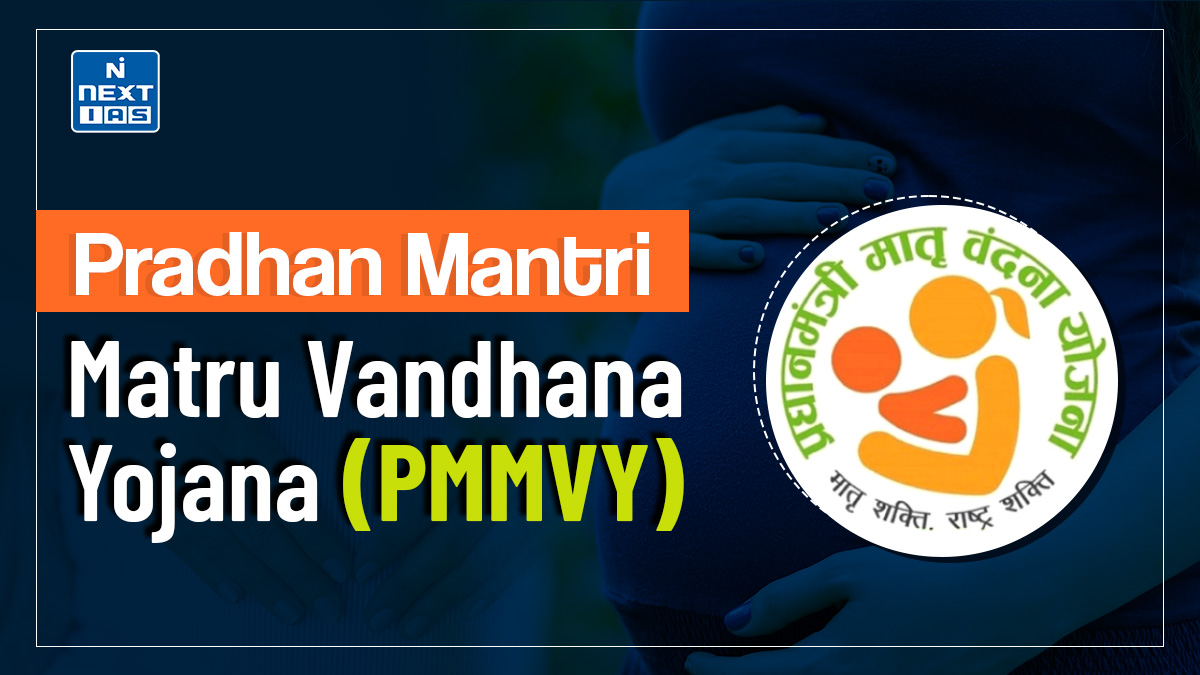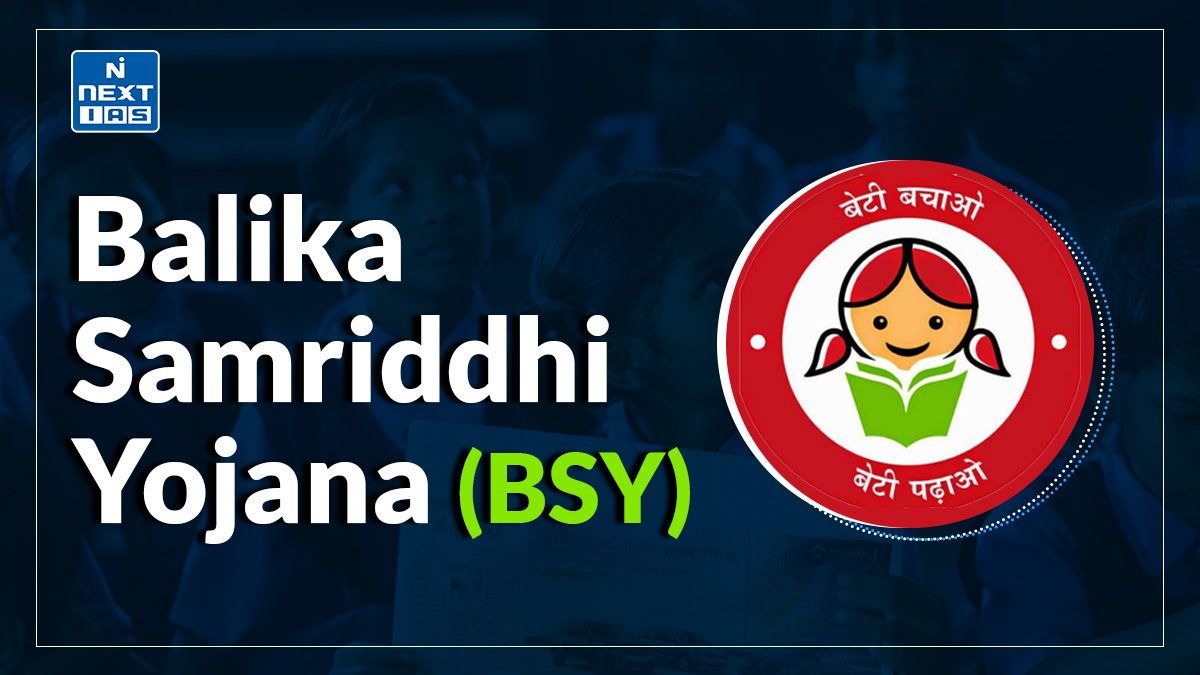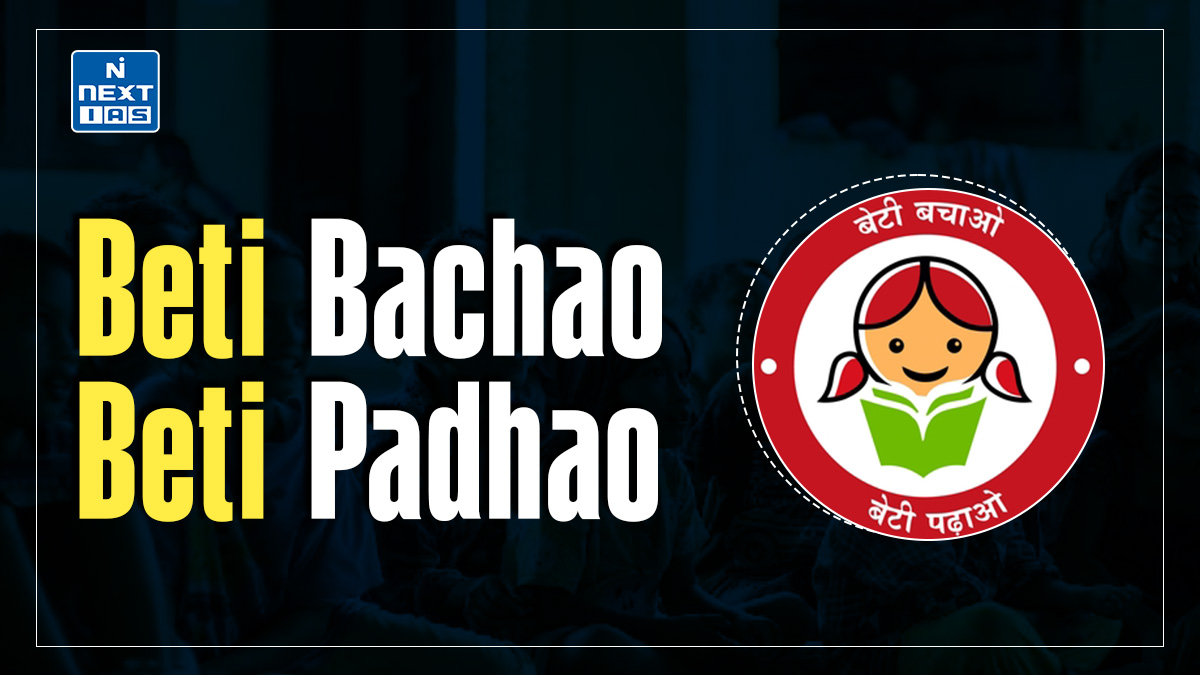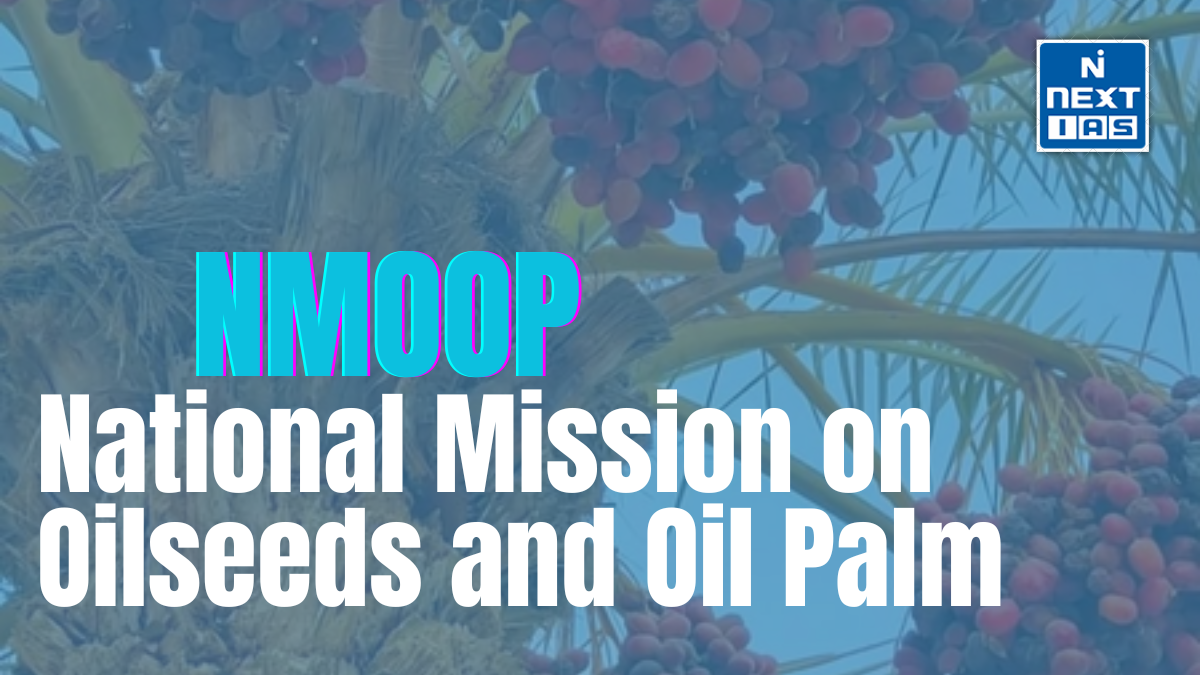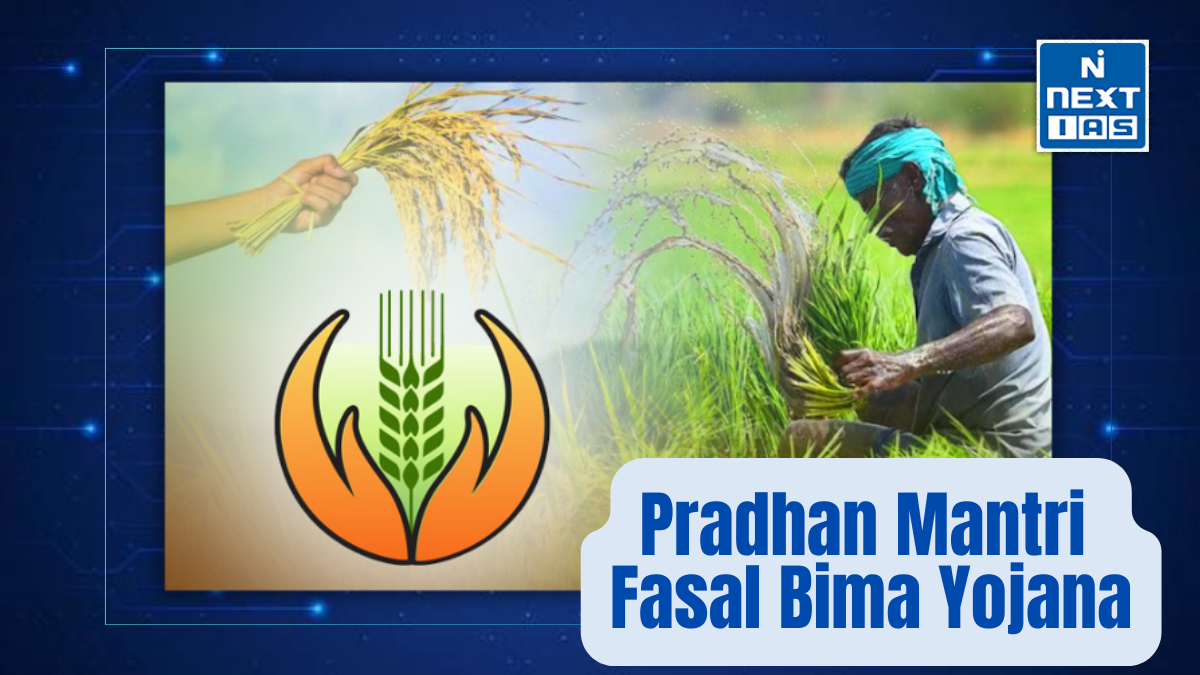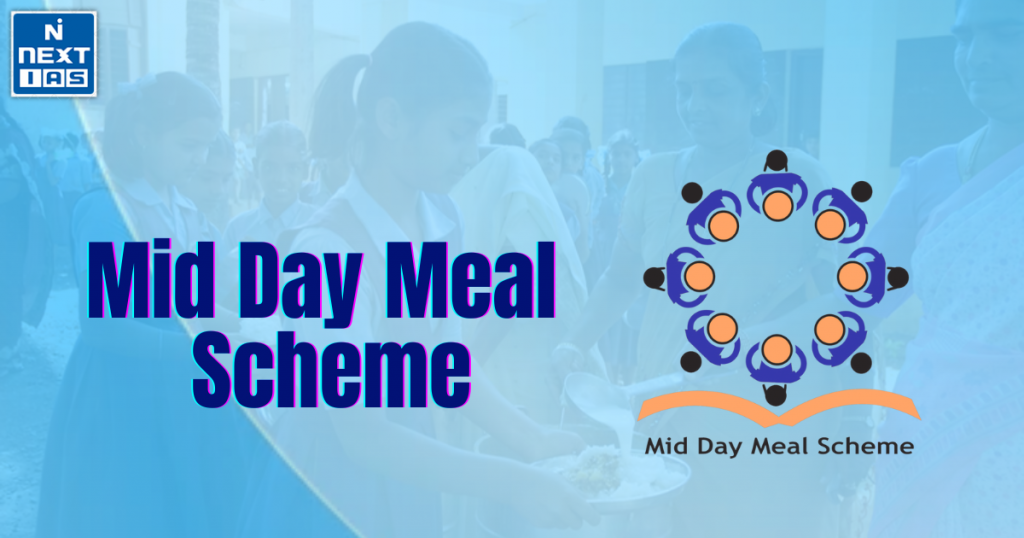
The PM POSHAN (POshan SHAkti Nirman) Scheme for providing one hot cooked meal in Government and Government-aided schools from 2021-22 to 2025-26, earlier known as ‘National Programme for Mid-Day Meal in Schools’ popularly known as Mid-Day Meal Scheme. This is a Centrally-Sponsored Scheme which covers all school children studying in Classes I-VIII in Government, Government-Aided Schools.
About the Midday Meal Scheme
- Mid Day Meal in schools has had a long history in India. In 1925, a Mid Day Meal Programme was introduced for disadvantaged children in Madras Municipal Corporation.
- By the mid 1980s three States viz. Gujarat, Kerala and Tamil Nadu and the UT of Pondicherry had universalized a cooked Mid Day Meal Programme with their own resources for children studying at the primary stage by 1990-91 the number of States implementing the mid day meal programme with their own resources on a universal or a large scale had increased to twelve states.
- With a view to enhancing enrollment, retention and attendance and simultaneously improving nutritional levels among children, the National Programme of Nutritional Support to Primary Education (NP-NSPE) was launched as a Centrally Sponsored Scheme on 15th August 1995, initially in 2408 blocks in the country.
- By the year 1997-98 the NP-NSPE was introduced in all blocks of the country. It was further extended in 2002 to cover not only children in classes I -V of Government, Government aided and local body schools, but also children studying in EGS and AIE centres.
- Central Assistance under the scheme consisted of free supply of food grains @ 100 grams per child per school day, and subsidy for transportation of food grains up to a maximum of Rs 50 per quintal.
- In September 2004 the scheme was revised to provide cooked mid day meal with 300 calories and 8-12 grams of protein to all children studying in classes I-V in Government and aided schools and EGS/ AIE centres.
- In addition to free supply of food grains, the revised scheme provided Central Assistance for (a) Cooking cost @ Re 1 per child per school day, (b) Transport subsidy was raised from the earlier maximum of Rs 50 per quintal to Rs. 100 per quintal for special category states, and Rs 75 per quintal for other states, (c) Management, monitoring and evaluation costs @ 2% of the cost of foodgrains, transport subsidy and cooking assistance, (d) Provision of mid day meal during summer vacation in drought affected areas.
- In July 2006 the scheme was further revised to provide assistance for cooking cost at the rate of (a) Rs 1.80 per child/school day for States in the North Eastern Region, provided the NER States contribute Rs 0.20 per child/school day, and (b) Rs 1.50 per child/ school day for other States and UTs, provided that these States and UTs contribute Rs 0.50 per child/school day.
- In October 2007, the scheme has been further revised to cover children in upper primary (classes VI to VIII) initially in 3479 Educationally Backwards Blocks (EBBs).
- Around 1.7 crore upper primary children were included by this expansion of the scheme. From 2008-09 i.e w.e.f 1st April, 2008, the programme covers all children studying in Government, Local Body and Government-aided primary and upper primary schools and the EGS/AIE centres including Madarsa and Maqtabs supported under SSA of all areas across the country.
- The calorific value of a mid-day meal at upper primary stage has been fixed at a minimum of 700 calories and 20 grams of protein by providing 150 grams of food grains (rice/wheat) per child/school day.
Features of Midday Meal Scheme
- Free Nutritious Meals – Provides hot cooked meals to children in government and government-aided schools.
- Target Group – Covers students from Classes 1 to 8 in government, government-aided, and local body schools.
- Nutritional Standards – Meals must meet calorie and protein requirements (450 calories & 12g protein for primary, 700 calories & 20g protein for upper primary).
- Food Security – Helps combat classroom hunger and improve student concentration and learning.
- Increased Enrollment & Retention – Encourages school attendance, especially among economically disadvantaged children.
- Social Equity – Promotes equality by having children from all backgrounds share the same meals.
- Employment Generation – Provides jobs for cooks and helpers, mostly women and marginalized community members.
- Central & State Funding – Costs are shared between the Central and State governments.
- Infrastructure Support – Schools receive assistance for kitchen facilities and food safety measures.
- Monitoring & Quality Control – Regular inspections ensure hygiene, proper implementation, and accountability.
Significance of Midday Meal Scheme
- The Midday Meal Scheme is a crucial initiative in India aimed at enhancing nutrition, education, and social equity. Launched to combat classroom hunger, it provides free, nutritious meals to school children, encouraging attendance and reducing dropout rates, especially among economically disadvantaged students. By improving child health and cognitive development, the scheme directly contributes to better learning outcomes.
- Beyond education, the scheme promotes social integration as children from different backgrounds share meals together, breaking caste and class barriers. It also supports gender equality by increasing female school enrollment and employment opportunities for women as cooks and helpers. Additionally, the initiative aids in local economic growth by sourcing ingredients from small-scale farmers.
- By addressing malnutrition, fostering education, and promoting social inclusivity, the Midday Meal Scheme plays a pivotal role in India’s human development efforts, ensuring that millions of children receive both nourishment and a brighter future.
Lacunae of Midday Meal Scheme
- The Midday Meal Scheme, though beneficial in improving nutrition and school attendance, has several lacunae.
- Poor quality of food due to inadequate monitoring often leads to health concerns, including food poisoning incidents.
- Corruption and fund mismanagement result in delayed payments to suppliers and poor meal standards. Infrastructure deficiencies, such as lack of clean kitchens, drinking water, and hygiene facilities, affect food preparation and safety.
- The scheme also faces caste-based discrimination, where children from marginalized communities sometimes face exclusion or are served inferior food. Irregular supply of ingredients and insufficient allocations affect meal consistency and quality.
- Additionally, low wages and delays in payments to cooks and helpers lead to inefficiency and dissatisfaction among staff.
- There is also a lack of nutrition diversity, with meals often failing to meet prescribed dietary guidelines. Strengthening oversight, improving funding, and ensuring quality control are crucial for enhancing the scheme’s effectiveness.
Key Pointers for the Midday Meal Scheme (MDMS) for UPSC CSE Prelims
- Launched – 1995 as a centrally sponsored scheme.
- Objective – To improve nutritional status of school children and encourage school attendance, retention, and enrollment.
- Target Group – Children of Class 1-8 in government, government-aided, and local body schools.
- Implemented By – Ministry of Education (formerly MHRD).
- Revised Name – PM POSHAN Scheme (2021) for a five-year period.
- Nutritional Norms – Provides 450 kcal & 12g protein (Primary) and 700 kcal & 20g protein (Upper Primary) per child per day.
- Cooked Meals – Includes cereals, pulses, vegetables, and fortified food.
- Funding – Shared between Centre and States (60:40 for most states, 90:10 for NE & Himalayan states, 100% for UTs).
- School Health Programme – Integrated with Rashtriya Bal Swasthya Karyakram (RBSK) for health checkups.
- Social Audit – Involves community participation for transparency.
Way Forward
To enhance the Midday Meal Scheme, focus on nutrition quality, meal diversification, and hygiene. Strengthen monitoring, involve local communities, and integrate health initiatives like deworming and micronutrient supplementation. Use technology for transparency, improve infrastructure, and ensure regular funding to boost enrollment, retention, and overall child health and learning outcomes.
Conclusion
The Midday Meal Scheme is a crucial initiative aimed at improving nutrition, school attendance, and learning outcomes among children in India. By providing free, nutritious meals, it enhances students’ health, reduces dropout rates, and promotes social equality, contributing significantly to the nation’s educational and human resource development.
